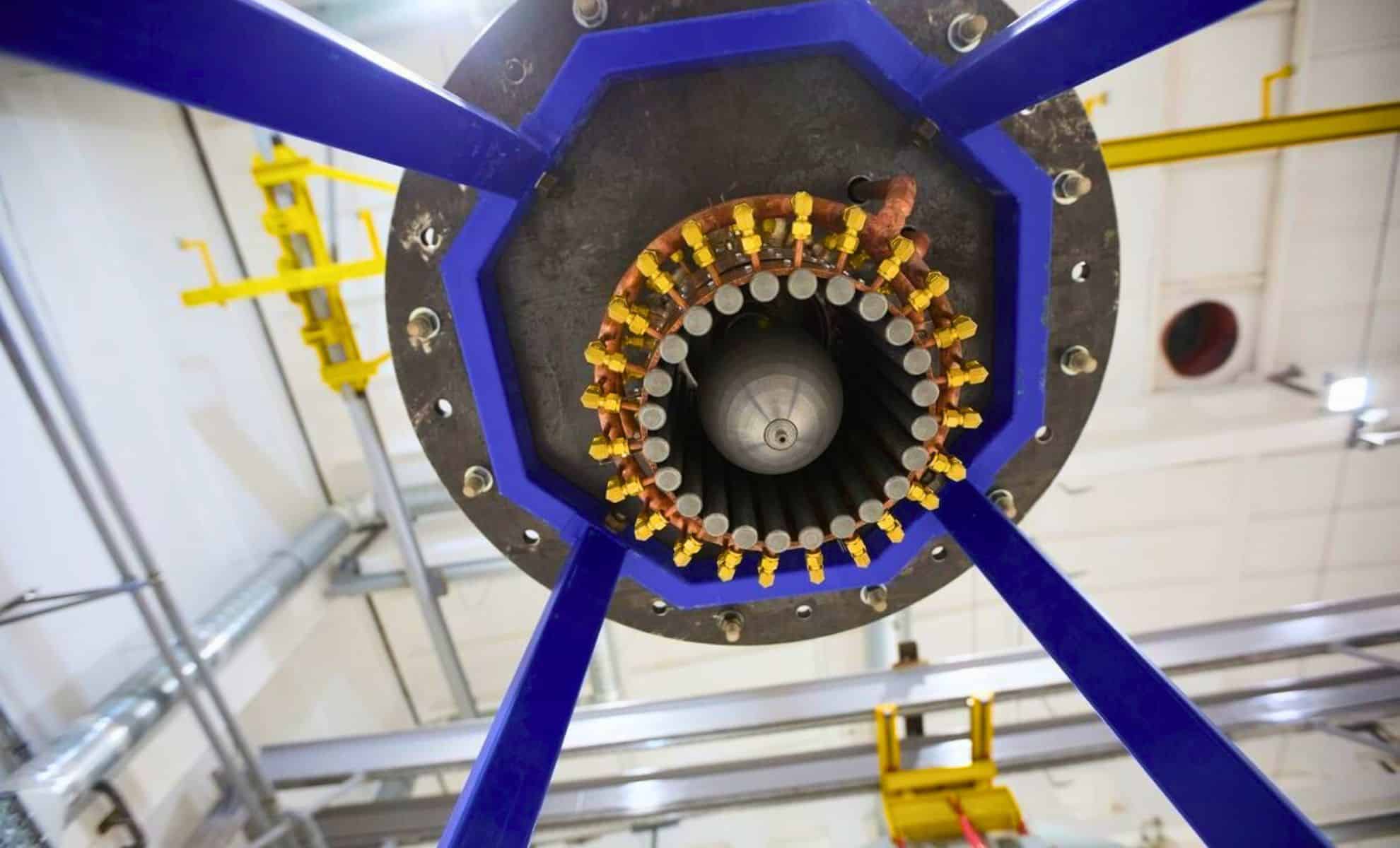
A new, groundbreaking plasma propulsion engine has emerged from Russian scientists, with the potential to revolutionize interplanetary travel. This advanced technology could reduce the duration of trips to Mars from months to merely one or two. Hailing from the Troitsk Institute of Rosatom, this innovative propulsion system aims to transform the landscape of space exploration, but how soon can we expect it to be operational?
A Revolutionary Propulsion System
In contrast to traditional rockets that depend on chemical combustion, this magnetoplasma propulsion technology utilizes electromagnetic fields for the acceleration of charged particles, particularly hydrogen ions. This leads to continuous thrust, enabling spacecraft to accelerate steadily and reach impressive speeds of 100 km/s (360,000 km/h). Conventional rockets, on the other hand, reach a maximum of 4.5 km/s, making them much less efficient for longer space missions.
This consistent acceleration has the potential to enable astronauts to travel to Mars in merely 30 to 60 days, significantly minimizing their exposure to cosmic radiation and alleviating the psychological challenges associated with extended space flights.
An Active Prototype Undergoing Trials
This advancement is not merely theoretical; it is currently in the testing phase. Rosatom’s prototype is being evaluated inside a 4-meter-wide, 14-meter-long vacuum chamber, mimicking space conditions. The engine operates at 300 kW in a pulse-periodic mode, having demonstrated a lifespan of 2,400 hours, which is sufficient for a complete Mars mission.
Rather than replacing existing chemical rockets, this engine is designed to engage once a spacecraft achieves orbit, providing effective propulsion for deep-space undertakings. It may also function as a space tug, dramatically reducing travel durations between planetary orbits for both crewed and cargo missions.


The Significance of Hydrogen Fuel
A major benefit of this propulsion technology lies in its reliance on hydrogen as the primary fuel source. Being the lightest and most abundantly available element in the universe, hydrogen stands out as an optimal choice for deep-space missions. Furthermore, it could potentially be gathered from space, reducing the need for Earth-sourced fuel supplies.
Additionally, hydrogen facilitates high-speed ion acceleration, allowing the engine to operate with greater efficiency. Unlike other plasma propulsion systems that produce excessive heat, this technology minimizes thermal stress on components, thereby enhancing durability and long-term functionality.
Comparing to Current Technologies
While plasma propulsion is not a novel concept, Rosatom’s system showcases a significant improvement over existing technologies. The majority of current ion thrusters operate at speeds of 30 to 50 km/s, while this new engine asserts the capability of reaching 100 km/s—a remarkable advancement.
Russia has established its proficiency in plasma propulsion, with components of NASA’s Psyche mission and various OneWeb satellites utilizing Russian-designed plasma thrusters. Should this new technology perform as anticipated, it has the potential to position Russia decades ahead of its competitors in next-generation space propulsion.
What’s Next for This Engine?
Rosatom’s development timeline is ambitious, with a flight-ready prototype projected for completion by 2030. While this schedule may appear challenging, Russia’s robust track record in space propulsion technology lends credibility to the endeavor.
If realized, this propulsion system could substantially enhance deep-space missions, paving the way for quicker trips to Mars, asteroid exploration, and even expeditions to the outer solar system within a human lifetime.


Is This Technology a Game-Changer?
The prospect of a 30-day journey to Mars is undeniably thrilling, but several challenges persist. Independent validation of the engine’s performance is crucial, as no peer-reviewed studies have corroborated the extensive capabilities touted by Rosatom. Additionally, integrating this propulsion system into spacecraft designs will necessitate significant engineering progress.
Power generation presents another challenge, likely requiring a nuclear reactor to provide the energy necessary for long-term missions, which complicates the design and raises safety considerations.
Despite these hurdles, Rosatom’s plasma propulsion engine signifies a major leap forward. If it fulfills its promises, it could herald a new era in space exploration, bringing the dream of rapid interplanetary travel within our reach.









